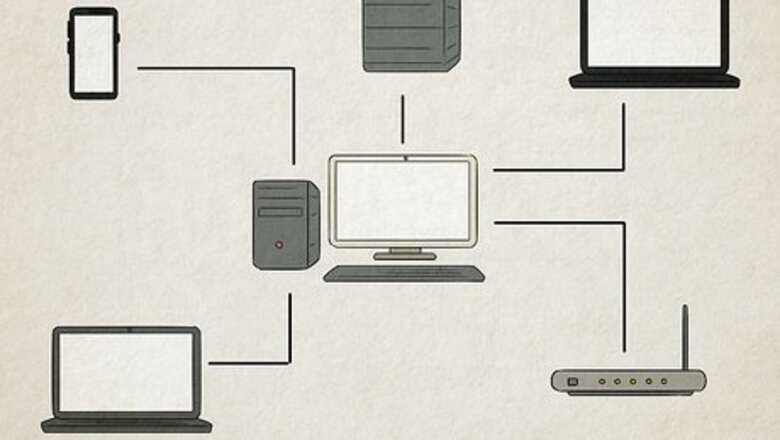
views
X
Research source
Key Concepts and Terms

Computer networking: computer networking refers to connecting two or more computers to share files or other resources. Computers can be connected either by wires or wirelessly (i.e. through WiFi). Once computers are connected, they can communicate in many useful ways that are essential for everyday life—such as sending emails, printing documents, sharing audio and video, shopping online, and even just searching the internet. There are many types of computer networks, which serve different purposes and are used in different contexts. Computer networks can be built from hardware, like cables, optical fibers, and routers. Computer networks can also consist of software, like operating systems. Computer networks follow protocols (sets of rules about how data should be sent and received) to communicate.
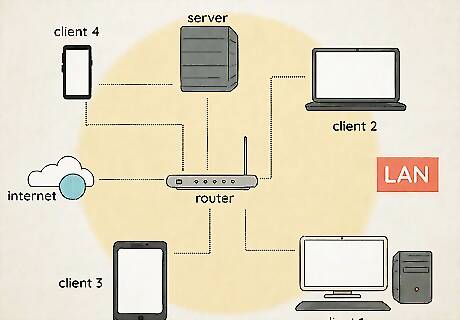
LAN (local area network): a LAN connects computers over shorter distances or smaller areas, such as a school or office building. A LAN tends to be less expensive because it is built from cheaper hardware like ethernet cables, and also provides higher security and speed. They are normally privately owned. A WLAN is the wireless version of a LAN. Many computer networks are defined by geographical range.

WAN (wide area network): a WAN connects computers over wider distances, like from state to state or continent to continent. In fact, the internet is the largest WAN and connects billions of computers worldwide! Another example of WAN usage is when a main office connects with branches around the country. A WAN tends to be more expensive, requires more security measures, and is collectively owned. Most WANs are made of interconnected LANs. WANs are often used in business or corporate contexts.

MAN (metropolitan area network): a MAN connects computers within a metropolitan area like a city. They are usually bigger than LANs but smaller than WANs. Since they are smaller than WANs, they tend to be faster. Cities and governments typically manage MANs—for instance, to monitor traffic and handle accidents. MANs are also made of interconnected LANs.

PAN (personal area network): a PAN is used to serve just one individual, like yourself; for example, if your smartphone, tablet, and laptop all connect and share data between each other— like when you sync photos across all three—then they make up a PAN. PAN networks usually use Bluetooth because it provides convenient, short-range communication. PANs can be either wired (e.g. through USB) or wireless (e.g. Bluetooth). A WPAN is the name for a wireless version of a PAN.
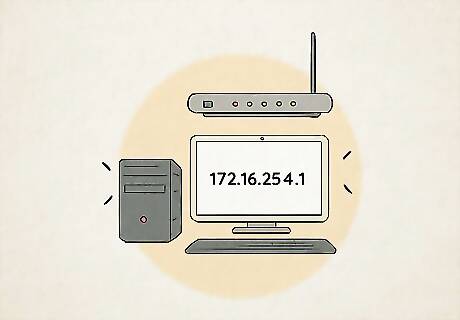
IP address (Internet Protocol address): an IP address is a unique number that each device connected to a network has. An IP address works to identify what the host network is and where that specific device is located on the host network, which helps facilitate communication between devices so that information gets to the correct place. You can think of an IP address as being like a mailing address.
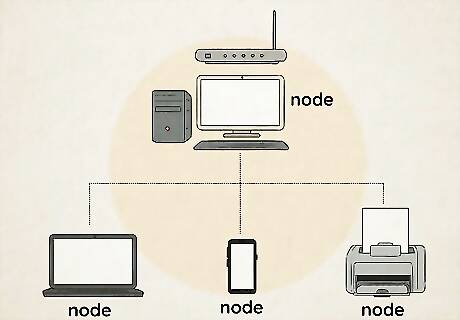
Nodes: a node is a connection point inside the network that receives, sends, creates, and stores data. A node can process and send information to any other node. Nodes also require you to provide identification before receiving access to the information, like an IP address. For example, computers and printers both count as nodes.
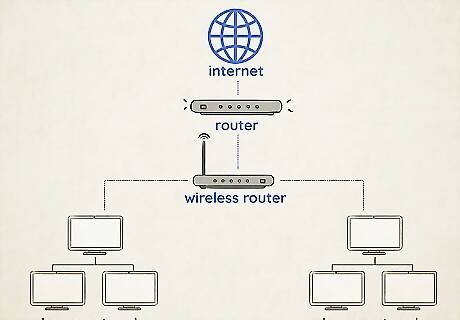
Router: a physical or virtual device that sends info between networks in the form of data packets. It helps direct traffic so that information can reach its destination in the best way. Routers should be distinguished from switches, which send information between nodes in a single network. For example, a router would be active when you want to print a document (it would make sure your document gets to the printer and not your speaker). A router would also be active when you look up something on Google (it would make sure your search gets to Google’s servers).
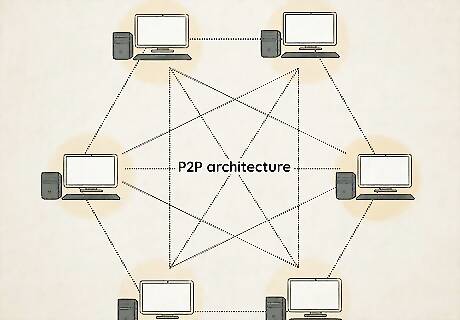
P2P (peer-to-peer) architecture: in computer networking, architecture means the physical and logical framework of the network. Under the first type, which is called P2P, the two connected computers are “peers” and have equal powers. Because of this, there is no need for a central server, and both of the computers can share resources with each other. P2P networks tend to be less expensive to implement.
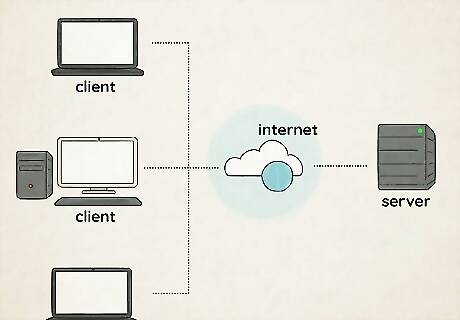
Client-server architecture: in a client-server network, one computer is a “client” (the computer that requests or needs to access a service) and the other is a “server” (the computer that provides or responds with the service). Resources aren’t shared, and clients in the network have to communicate with other clients through the server. Client-server networks are also called tiered models. Client-server networks tend to be more expensive to implement.
Learning More About Computer Networking

Sign up for an online course. There are numerous online courses available (some free, others paid) if you’re interested in learning more widely and deeply about the many components of computer networking—such as more network types, architectures, and security features. These courses will provide you with opportunities to try hands-on projects and receive feedback on your work, and most don’t require any experience. You can pick a program that best suits your learning goals. Some examples of online course options include Coursera (https://www.coursera.org/learn/computer-networking) and MIT’s OpenCourseWare program (https://ocw.mit.edu/courses/electrical-engineering-and-computer-science/6-829-computer-networks-fall-2002). By signing up for an online course, you may also have the opportunity to interact with others who are interested in the same topic. If something is stumping you, you can ask your peers for assistance.

Take in-person classes. If in-person classes relevant to computer networking or are available and accessible near you, they can be another great option to dive further into the field of computer networking. You can try going to the website of the local institution where you’d like to take in-person classes and look up their course offerings, which are often listed online. If you are a university student, you may be able to take relevant classes as part of your tuition even if it’s not your main field of study. You could even audit a course (attending a class without receiving a grade) if you have less time or don’t want to negatively impact your GPA. However, you should check with your college about the specific policies. If you’re not a college student, you may still be able to take classes through your local college on a course-by-course basis (for instance, as an extension student), but you will likely have to pay for them—again, check with your institution about what options are available to you.
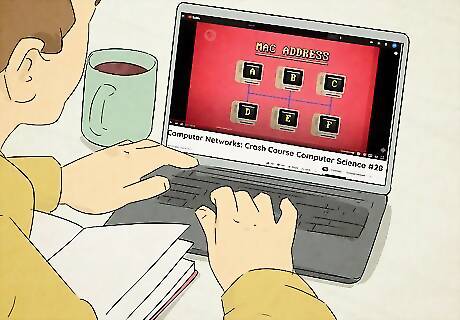
Watch educational videos. Videos can be an extremely useful way to visually see and learn how computer networking is implemented, and there are many excellent tutorials and video series available online, such as on Youtube. These videos also cover a wide range of information, from the basics to more advanced concepts.

Read up on essential materials. Aside from structured courses and videos, there are also many books and websites that provide detailed and useful information about computer networking. These materials can either serve as a jumping-off point, or a way to supplement what you have learned through other means. Check out our articles on Computer Networking for more information! IBM and Microsoft both also give an overview of computer networking and explain some key terms and concepts on their respective websites.















Comments
0 comment